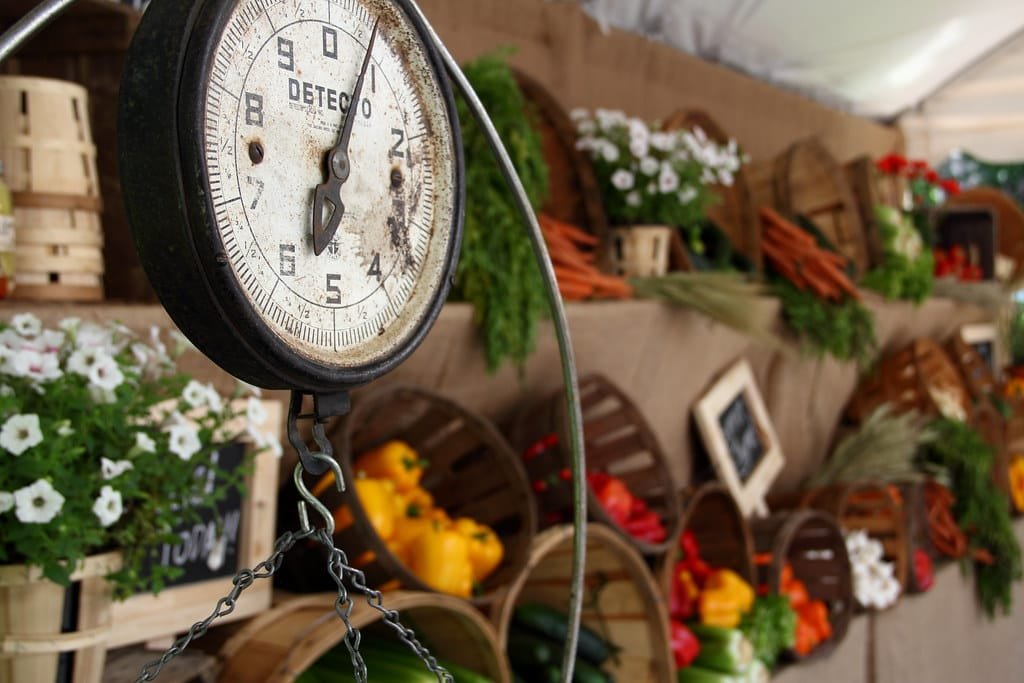Chapter 1: A Primer on Sustainable Eating

This primer on sustainable eating is a beginning. Understanding the problems and the terms experts use, and how to make changes that are appropriate to you.
Sustainable eating isn’t about strict rules. It’s about making better food choices. For the planet and, often, for our health.
At its heart, sustainable eating is a way of realigning our relationship with food so that it supports the systems we depend on, rather than exhausting them.
We all eat. That means we all have a role to play.
What Does “Sustainable Eating” Really Mean?
Food sustainability refers to practices that maintain or restore the health of natural ecosystems while also considering social and economic impacts.
It means:
- Choosing foods that are grown or raised with minimal harm to the environment
- Supporting farming methods that protect soil, water, and biodiversity
- Reducing food waste
- Being mindful of how far our food travels
- Thinking about fairness—how food choices impact workers, communities, and future generations
Sustainable eating doesn’t always mean buying the most expensive organic produce or not eating entire food groups. It’s about finding balance and making conscious choices within your life circumstances.
Why Does It Matter?
The global food system is responsible for a significant share of greenhouse gas emissions, deforestation, water use, and pollution. Some agricultural practices deplete the very resources we need to keep growing food in the future. Other practices need to be scaled up.
At the same time, millions of tons of food go to waste each year, while many people struggle to access healthy meals. Sustainable eating offers a way to shift these patterns—not perfectly, but meaningfully.
Choose food grown with care, waste less, and eat with intention. Our choices become part of a larger movement toward a healthier planet and a more equitable food system.
A Spectrum, Not a Checklist
Sustainable eating looks different for everyone. For one person, it might mean eating more local food. For another, it might mean reducing meat consumption, growing herbs on a windowsill, or learning how to store leftovers more effectively.
There’s no one-size-fits-all approach. And that’s a strength, not a flaw. Everyone’s situation is different. Where you live, your income, and the availability of some types of food are a few factors. As are culture, ethnicity, and religion.
Where This is going
This chapter is a starting point. Throughout the rest of this guide, we’ll explore:
- Chapter 2: Eating Sustainably: Foods with High Carbon Footprints
- How to shop, cook, and eat with sustainability in mind
- The role of culture, access, and privilege in food decisions
- Practical tools for reducing waste and rethinking habits
